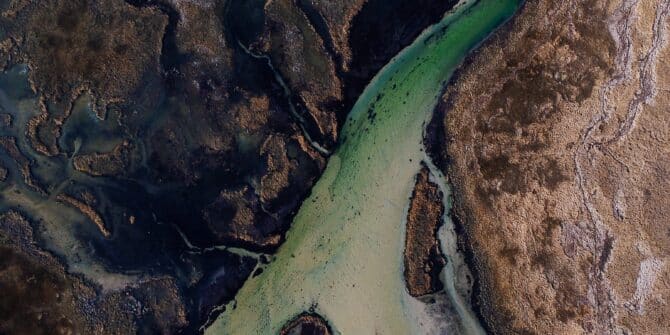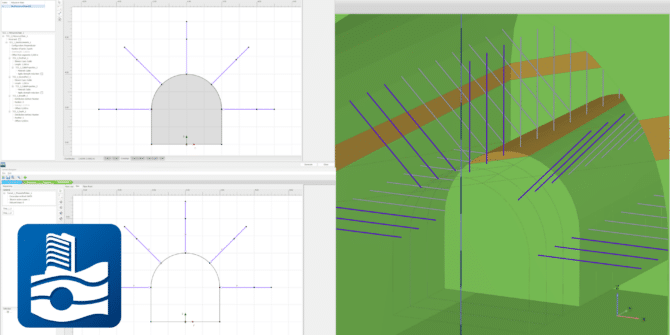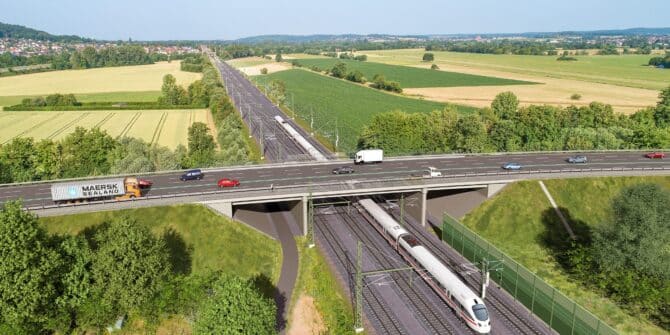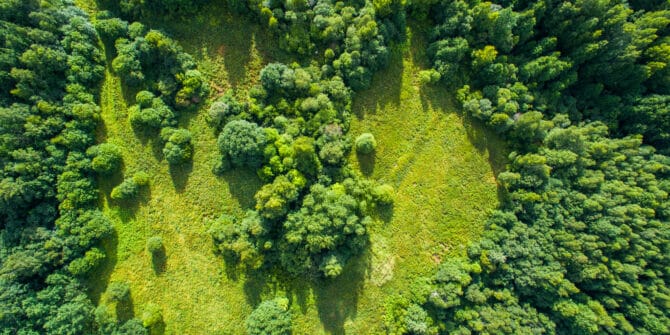
GeoStudio 2024.1 – What’s new
GeoStudio 2024.1 continues to build on Seequent’s geotechnical analysis solution, adding new features to tackle complex problems involving rock slopes along with the capability to

PLAXIS 2024.1 – What’s New
With PLAXIS 2024.1 users benefit from enhancements for designing and reinforcing underground excavations, improvement in the connected geotechnical workflow and modal analysis for offshore foundation

Our climate change endgame: A more secure, sustainable and resilient future
Seequent Segment Director for the Environment, Thomas D. Krom, shares insights following his attendance at 2023’s COP28 UAE, an international gathering of leaders, policymakers and

After a tough 2023, where is the good news for the offshore wind industry in 2024?
We’ve already reported on the UK’s decision to hike what it will pay offshore wind farms for electricity – a recognition of the soaring costs

Smaller is better if you know the subsurface well enough
Has a fear of the unknown on ground conditions intimidated the offshore wind industry into spending more than it needs to? Not anymore. Sean Goodman

A Connected Geotechnical Workflow: The Key to Safe and Sustainable Infrastructure Projects
Gain knowledge of: Integrating and visualising available subsurface data Interpreting subsurface data to aid geotechnical analysis Managing geoscience data and collaborating to refine project design

3D digital model deployed to evaluate underground route
Learn how Prof. Quick und Kollegen conducted a comprehensive geotechnical investigation for a German high-speed railway tunnel using PLAXIS and Leapfrog Works. Discover the benefits

Solar and wind are not the only runners in the race to green energy. Hydrogen also has a particular job to do, and problem to solve.
Hydrogen can play a key role in the chase to net zero. But the process of tweaking its ‘colour’ (from the less sustainable ‘grey’ to




